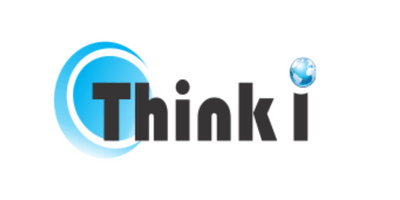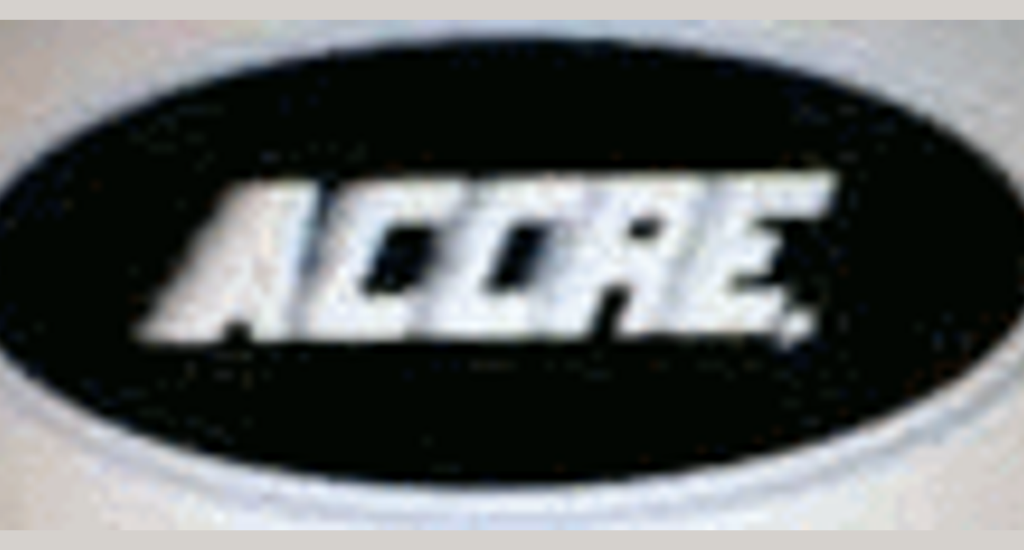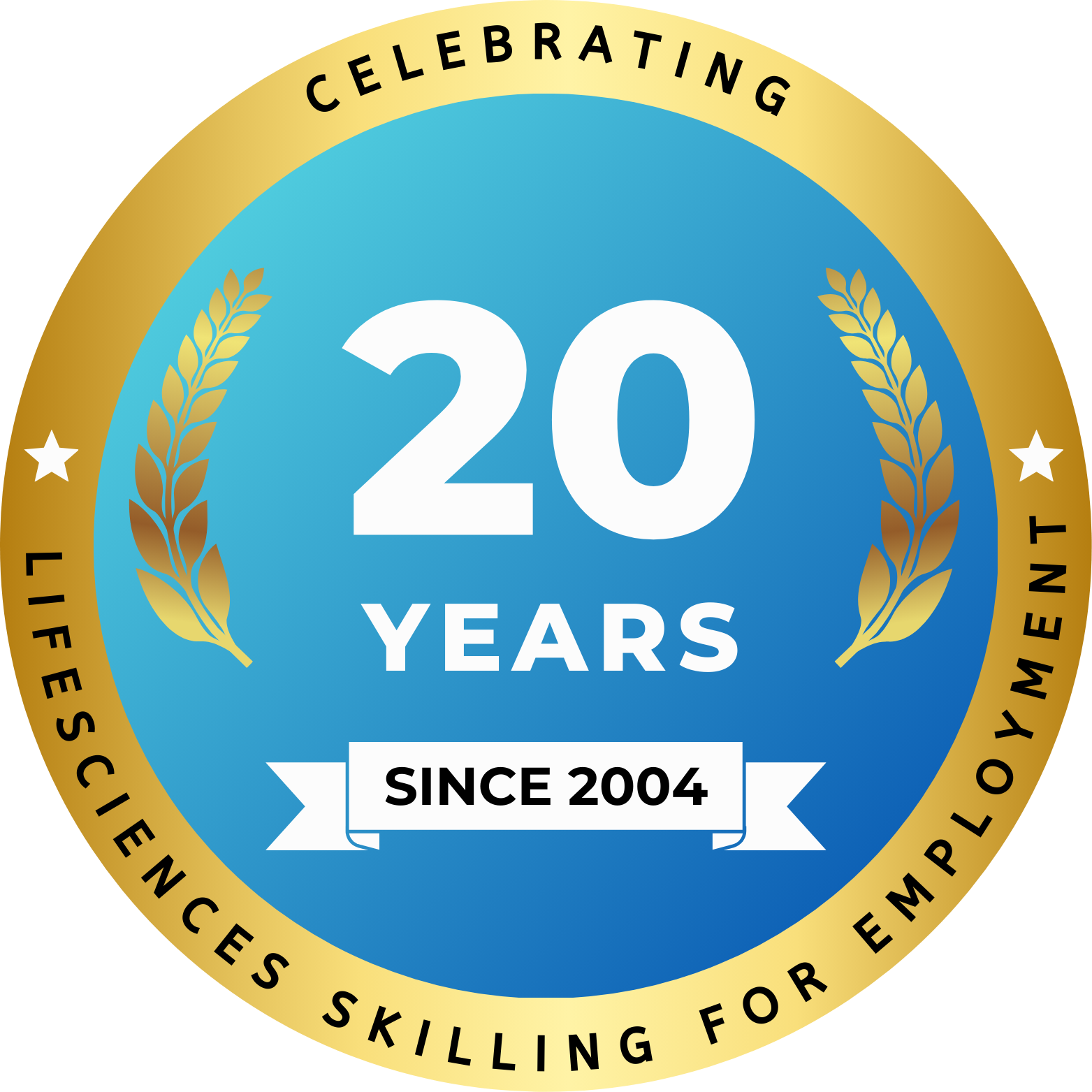Weekend - 6 Months Live eLearning
Classes Starting - Sunday, 5th October 2025


11,500+ Cliniminds Alumni
Weekend - 6 Months Live eLearning
Classes Starting - Sunday, 5th October 2025


11,500+ Cliniminds Alumni
Certifications
-
1Cliniminds - USA ACCRE Accredited.
-
2Internship – www.thinki.in
Program Structure
- Introduction to HEOR
- Application of HEOR in the healthcare industry
- Methods and data sources
- Evidence-based decision making
- Introduction to pharmacoeconomic evaluations/modeling methods
- Introduction to meta-analysis and its applications
- Real-world evidence and key methods
- Introduction to health financing
- Introduction to health technology assessment
- Introduction to pricing and reimbursement
Enhance Your Expertise with Cliniminds
Are you looking to enhance your expertise and impact in the pharmaceutical and healthcare industry? Cliniminds invites you to explore our Advanced Certification in Health Economics and Outcomes Research (HEOR), tailored specifically for professionals in pharmaceuticals, biotechnology, medical devices, healthcare analytics, and public health domain.
Why Choose Cliniminds?
- Expert Senior Trainers: Learn from seasoned professionals with over 15 years of experience in HEOR.
- Comprehensive Curriculum: Covering everything from pharmacoeconomics to health technology assessment and real-world evidence applications.
- Practical Experience: Engage in live practice sessions, case studies, and projects.
Teaching Methodology
- Interactive Learning: Engaging lectures, discussions, and case studies.
- Hands-On Training: Practical exercises, simulations, and data analysis.
Career Advancement
Graduating from this program opens doors to numerous career opportunities in global pharmaceutical companies, healthcare consultancy firms, or government agencies.
Program Benefits
- Accredited by Cliniminds - USA ACCRE
- Flexible eLearning options with live sessions
- 24/7 access to Cliniminds Learning Management System
- Examination and certification
Join us at Cliniminds to become a leader in HEOR, contributing to healthcare systems that prioritize cost-effectiveness and patient-centered outcomes.
NEW TRENDS IN HEALTH ECONOMICS AND OUTCOMES RESEARCH (HEOR)
Background
This article has been written by Cliniminds Pharmaceutical and Healthcare Business Team at Cliniminds to identify the latest trends in HEOR in important global markets.
Health Economics and Outcomes Research (HEOR) is a field of scientific inquiry that examines the economic implications of healthcare interventions and policies, aiming to understand their impact on patient outcomes and societal costs. Here are some of the latest trends in HEOR, along with examples from various countries including the USA, Europe, U.K., India, Japan, Australia, China, and Saudi Arabia.
1. Real-World Evidence (RWE)
Trend : Increasing use of real-world data (RWD) to supplement clinical trial information and inform decision-making.
Examples :
- USA: The FDA has expanded initiatives to incorporate RWE in the regulatory approval process for new drugs and devices.
- Europe: The European Medicines Agency (EMA) has been actively engaging in projects to utilize real-world data in the assessment of medication effectiveness and safety.
2. Value-Based Healthcare
Trend: Shifting focus from volume to value, emphasizing payment models based on patient outcomes rather than services provided.
Examples:
- U.K.: The NHS has implemented value-based frameworks to determine how resources are allocated to treatments based on their effectiveness and necessity.
- Australia: Various pilot projects are testing value-based care models, especially in chronic disease management.
3. Precision Medicine
Trend: Tailoring healthcare treatments to individual characteristics, behaviors, and genetic information.
Examples:
- Japan: Investment in genomic medicine projects, aiming to integrate genetic data into daily medical practice.
- China: The government supports precision medicine initiatives, particularly in cancer treatments, through substantial funding and research programs.
4. Digital Health Interventions
Trend: Leveraging digital tools to improve disease monitoring, management, and healthcare delivery.
Examples:
- India: Rapid growth in telemedicine and mobile health apps, especially noticeable during the COVID-19 pandemic.
- Saudi Arabia: Expansion of e-health services as part of the Vision 2030 healthcare transformation strategy.
5. Health Technology Assessment (HTA)
Trend: Systematic evaluation of the properties and effects of health technology, primarily to inform policy decision-making regarding healthcare.
Examples:
- Europe: Many countries have established HTA agencies that influence which therapies are included in national health insurance.
- China: Development of HTA frameworks to evaluate the cost-effectiveness of new technologies and drugs entering the market.
6. Patient-Centric Outcomes Research
Trend: Focus on understanding and incorporating patient preferences and outcomes in the evaluation of healthcare interventions.
Examples:
- USA: The Patient-Centered Outcomes Research Institute (PCORI) funds studies that provide patients with information to help them make informed healthcare decisions.
- U.K.: Growing emphasis on patient-reported outcome measures (PROMs) in clinical trials and healthcare policy.
These trends reflect a global shift towards more integrated, patient-focused, and economically sustainable healthcare systems. They also illustrate how different countries are adopting and adapting these trends according to their specific healthcare contexts and needs.
- USA: The FDA has expanded initiatives to incorporate RWE in the regulatory approval process for new drugs and devices.
- Europe: The European Medicines Agency (EMA) has been actively engaging in projects to utilize real-world data in the assessment of medication effectiveness and safety.
For more information, please feel free to call at +91-9560102589 or mail us info@cliniminds.com Visit website – www.cliniminds.com
References
-
Real-World Evidence (RWE):
- U.S. Food and Drug Administration (FDA). (2021). Framework for FDA’s Real-World Evidence Program.
- European Medicines Agency (EMA). (2022). Use of real-world data for public health protection and healthcare systems operations.
-
Value-Based Healthcare:
- Porter, M.E., & Teisberg, E.O. (2006). Redefining Health Care: Creating Value-Based Competition on Results. Harvard Business School Press.
- National Health Service (NHS) England. (2021). NHS Outcomes Framework.
-
Precision Medicine:
- National Institutes of Health (NIH). (2021). About the Precision Medicine Initiative.
- The State Council of People's Republic of China. (2020). Guidelines for the Development of Precision Medicine in China.
-
Digital Health Interventions:
- Ministry of Health and Family Welfare, Government of India. (2021). Telemedicine Practice Guidelines.
- Saudi Arabia Ministry of Health. (2019). e-Health Strategy.
-
Health Technology Assessment (HTA):
- Drummond, M.F., Sculpher, M.J., Claxton, K., Stoddart, G.L., & Torrance, G.W. (2015). Methods for the Economic Evaluation of Health Care Programmes. Oxford University Press.
- China National Health Development Research Center. (2018). Development of Health Technology Assessment in China.
-
Patient-Centric Outcomes Research:
- Patient-Centered Outcomes Research Institute (PCORI). (2022). Annual Report.
- Black, N. (2013). Patient reported outcome measures could help transform healthcare. BMJ: British Medical Journal.




